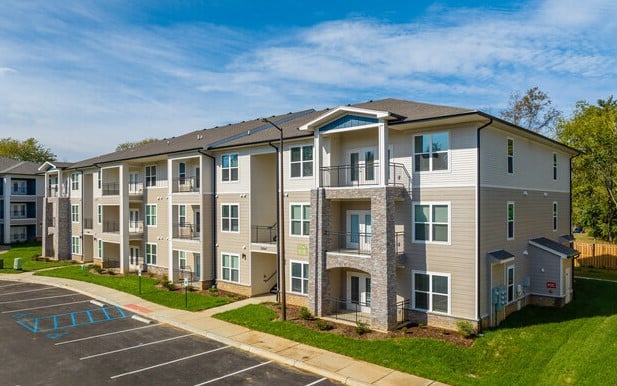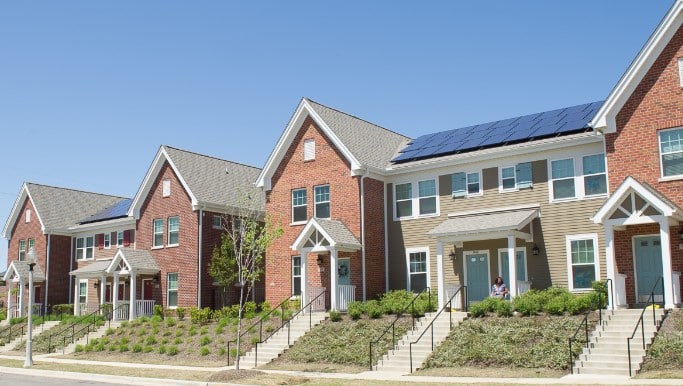Apartments for Low Income – Finding affordable housing can be a challenge for low-income families, but several options are available to help make rent more manageable.
Low-income apartments and subsidized housing programs are designed to provide affordable living arrangements for individuals and families with limited income.
In this Decor.havenblueprint.com, we will explore the various types of low-income housing, their benefits, and how to apply for these apartments.
What Are Low-Income Apartments?
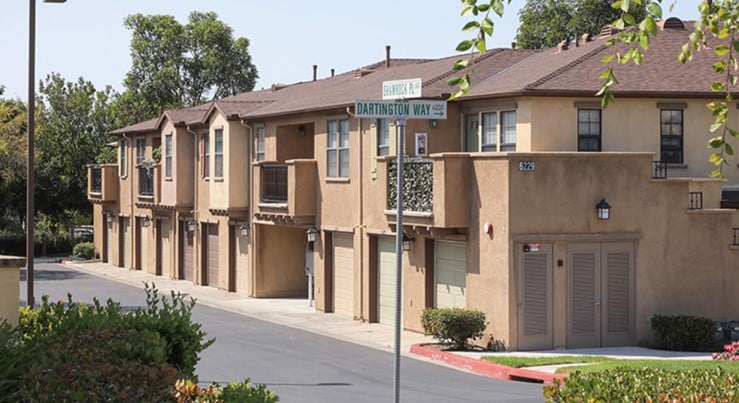
Affordable Low-Income Apartments
Low-income apartments are rental units that are made available to tenants whose income falls below a certain threshold.
Affordable low-income apartments provide rental opportunities for individuals and families who meet specific income criteria.
Government programs, such as HUD (Housing and Urban Development) and Section 8, often provide funding or vouchers for these types of accommodations, helping to make rent more affordable for eligible tenants.
- Features: Rent is typically calculated as a percentage of the tenant’s income, making it affordable for those who might otherwise struggle to pay market-rate rent. These apartments are often part of larger housing developments and include access to community resources such as public transportation and educational programs.
- Benefits: Low-income apartments provide much-needed housing stability for individuals and families with limited financial resources. Rent reductions allow tenants to allocate more of their income toward other essentials, such as food, healthcare, and education.
- Who Should Consider Low-Income Apartments?: Low-income apartments are ideal for individuals or families whose income qualifies them for government housing assistance and who are seeking affordable and stable living arrangements.
Subsidized Apartments for Low-Income
Subsidized apartments are rental units in which part of the tenant’s rent is paid by the government or a non-profit organization.
This type of housing is available through programs like Section 8 or local housing authorities.
Tenants pay a percentage of their income toward rent, and the rest is covered by the subsidy.
- Features: Subsidized apartments are available in both private and public housing developments. These units are often modern, well-maintained, and located in areas with access to services such as public transportation, healthcare, and education.
- Benefits: Subsidized housing makes it possible for low-income individuals and families to afford safe and decent housing. By capping rent at a percentage of income, these programs help prevent homelessness and housing instability.
- Who Should Consider Subsidized Apartments?: Subsidized housing is an excellent option for those who qualify for government assistance and need help covering their rent.
You can also read : Cheap Homes for Sale: Affordable and Budget-Friendly
Real-World Examples of Low-Income Apartment Programs
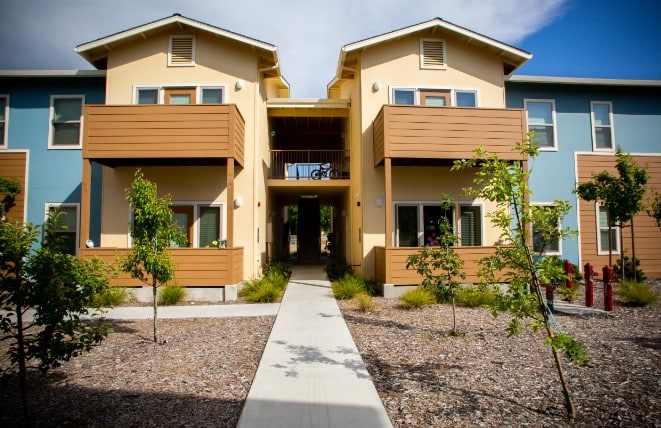
1. Section 8 Housing
The Section 8 Housing Choice Voucher Program is a federal program that helps low-income families, elderly individuals, and people with disabilities afford decent, safe, and sanitary housing.
Under Section 8, tenants typically pay 30% of their income toward rent, with the remainder covered by the government.
Section 8 Housing provides eligible individuals and families the opportunity to choose their own housing, which can include apartments, townhouses, or single-family homes, as long as the property meets program requirements.
The housing must pass an inspection to ensure it complies with safety and health standards set by the Department of Housing and Urban Development (HUD).
- Features: Tenants can choose where they want to live, provided the landlord accepts Section 8 vouchers. The program allows renters to access housing in areas with better schools, transportation, and job opportunities.
- Pros: Flexible in terms of housing choice, significant rent reductions, access to better neighborhoods.
- Cons: Long waiting lists and limited availability of vouchers.
- Price: Tenants pay approximately 30% of their monthly income toward rent.
- Learn More: Section 8 Housing Program
2. Low-Income Housing Tax Credit (LIHTC)
The Low-Income Housing Tax Credit (LIHTC) program encourages private developers to build affordable rental housing by offering tax credits.
Tenants who qualify based on their income can access these properties at reduced rental rates. The Low-Income Housing Tax Credit (LIHTC) program is a key initiative designed to increase the availability of affordable rental housing across the U.S.
By offering tax credits to private developers, the program incentivizes the construction and rehabilitation of rental properties for low-income households.
Tenants who meet specific income criteria can benefit from these properties, accessing housing at below-market rental rates.
The LIHTC program plays a crucial role in addressing the affordable housing shortage, enabling families and individuals with lower incomes to secure safe and affordable homes while promoting community development.
- Features: LIHTC properties are available to renters who meet income eligibility requirements. These properties are often newer, well-maintained, and located in desirable areas.
- Pros: Access to modern and affordable rental units, rent is set at below-market rates.
- Cons: Income restrictions apply, and availability may vary by region.
- Learn More: LIHTC Program
3. Public Housing Authorities (PHA)
Public Housing Authorities (PHA) operate affordable housing developments for low-income individuals and families.
PHAs exist in most cities and provide a valuable resource for those in need of affordable housing.
Public Housing Authorities (PHA) play a critical role in supporting communities by managing and maintaining affordable housing options that offer safe, quality living spaces for eligible residents.
Beyond housing, PHAs often provide access to resources like job training programs, financial literacy workshops, and social services, helping residents work toward greater financial stability.
This support makes PHAs an essential resource in addressing housing needs and fostering community growth.
- Features: Rent is determined by household income, and apartments are often part of larger housing communities with access to on-site amenities.
- Pros: Affordable rent, available to low-income families, elderly individuals, and people with disabilities.
- Cons: Limited availability and long waiting lists in some areas.
- Learn More: Public Housing Authority
You can also read : Housing Developments: Explore New Residential & Affordable
Comparison of Low-Income Housing Programs by Use Case
Both subsidized apartments and LIHTC properties offer affordable housing options, but they serve different populations and have different structures.
Low-income housing programs, such as subsidized apartments and LIHTC properties, both provide affordable housing but serve distinct populations.
Subsidized apartments typically cater to extremely low-income renters with government assistance, while LIHTC (Low-Income Housing Tax Credit) properties are available to a broader group, including moderate-income households.
Subsidized Apartments
These apartments are available to individuals and families who qualify based on income. Rent is subsidized by the government, making it affordable for low-income tenants.
Subsidized apartments provide a vital housing option for individuals and families who meet specific income qualifications.
With rent subsidized by the government, these apartments offer an affordable solution for low-income tenants, allowing them to secure stable housing in their communities.
This program is designed to alleviate financial burdens and promote access to safe and decent living conditions.
By participating in housing assistance programs, eligible tenants can enjoy lower monthly payments, making it easier to manage their overall budget.
Subsidized apartments play a crucial role in supporting affordable housing initiatives, ensuring that everyone has the opportunity to live in a comfortable and secure environment.
- Pros: Rent reductions, available through various programs like Section 8.
- Cons: Limited availability, long waiting lists.
- Best For: Individuals and families who qualify for government assistance and need help covering their rent.
LIHTC Properties
These apartments are built by private developers who receive tax credits for offering affordable housing. Rent is lower than market rates, but income restrictions apply.
LIHTC properties are affordable apartments built by private developers who receive tax credits for providing lower-income housing options.
These properties offer rent that is typically below market rates, making them an excellent choice for individuals and families looking for cost-effective housing solutions.
However, income restrictions apply, ensuring that these apartments are reserved for those who meet certain eligibility criteria.
LIHTC properties help bridge the gap in affordable housing availability, offering quality living spaces at an accessible price for eligible tenants.
- Pros: Access to newer and well-maintained properties at below-market rates.
- Cons: Income restrictions and limited availability.
- Best For: Those who meet income limits and are looking for affordable, well-maintained rental units.
You can also read : Affordable Housing Options: Explore Programs and Grants
How to Apply for Low-Income Apartments
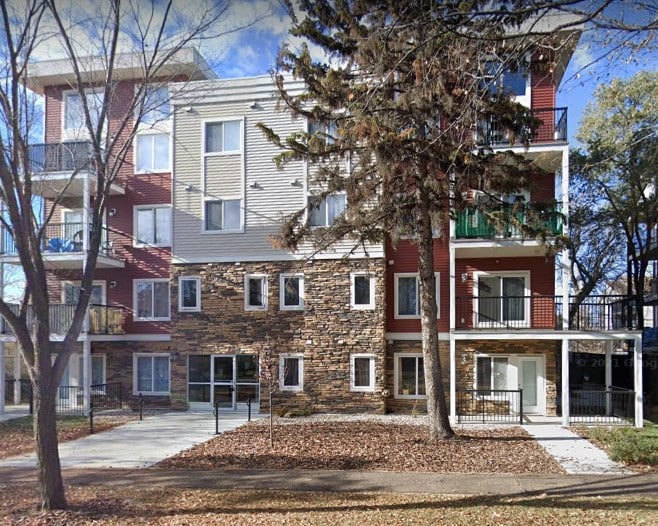
Step 1: Determine Eligibility
The first step in applying for low-income apartments is determining whether you meet the income requirements.
Programs like Section 8 and LIHTC have income limits based on household size and location. Be sure to check your eligibility before applying.
Step 2: Research Available Programs
Look into local, state, and federal programs that offer low-income housing options. Websites like HUD.gov and local housing authorities provide detailed information on available programs and eligibility criteria.
Step 3: Submit Applications
Once you’ve found a program that fits your needs, you’ll need to submit an application.
Some programs, like Section 8, have long waiting lists, so it’s important to apply as early as possible.
Step 4: Prepare for the Move
Once approved, ensure that you understand the terms of your lease and any other obligations.
Low-income apartments may have specific requirements, such as participation in educational or job training programs, so be sure to follow the guidelines provided.
You can also read : Affordable Apartments: Find Budget-Friendly Rentals
Benefits of Low-Income Apartments
Low-income apartments offer numerous benefits for individuals and families who struggle with housing costs:
- Financial Stability: By reducing the cost of rent, low-income apartments allow tenants to allocate more of their income toward other essentials like food, healthcare, and education.
- Improved Quality of Life: Affordable housing provides a stable environment for families, reducing stress and improving mental and physical well-being.
- Access to Services: Many low-income housing developments are located near public transportation, schools, and healthcare facilities, making it easier for residents to access essential services.
FAQs Apartments for Low Income
How do I qualify for low-income apartments? To qualify for low-income apartments, you typically need to meet income eligibility criteria based on household size and location. Programs like Section 8 and LIHTC also require background checks and other documentation.
Can single individuals apply for low-income apartments? Yes, low-income housing programs are available to single individuals as well as families. Single individuals can apply for programs like Section 8 or LIHTC if they meet the income eligibility requirements.
Low-income apartments provide a critical resource for individuals and families who need affordable housing options.
Whether through subsidized housing, tax credits, or public housing authorities, understanding your options and applying early can help secure stable and affordable living arrangements.
